Top 10 Things to Do In and Around Lima (+What it’s Really Like)

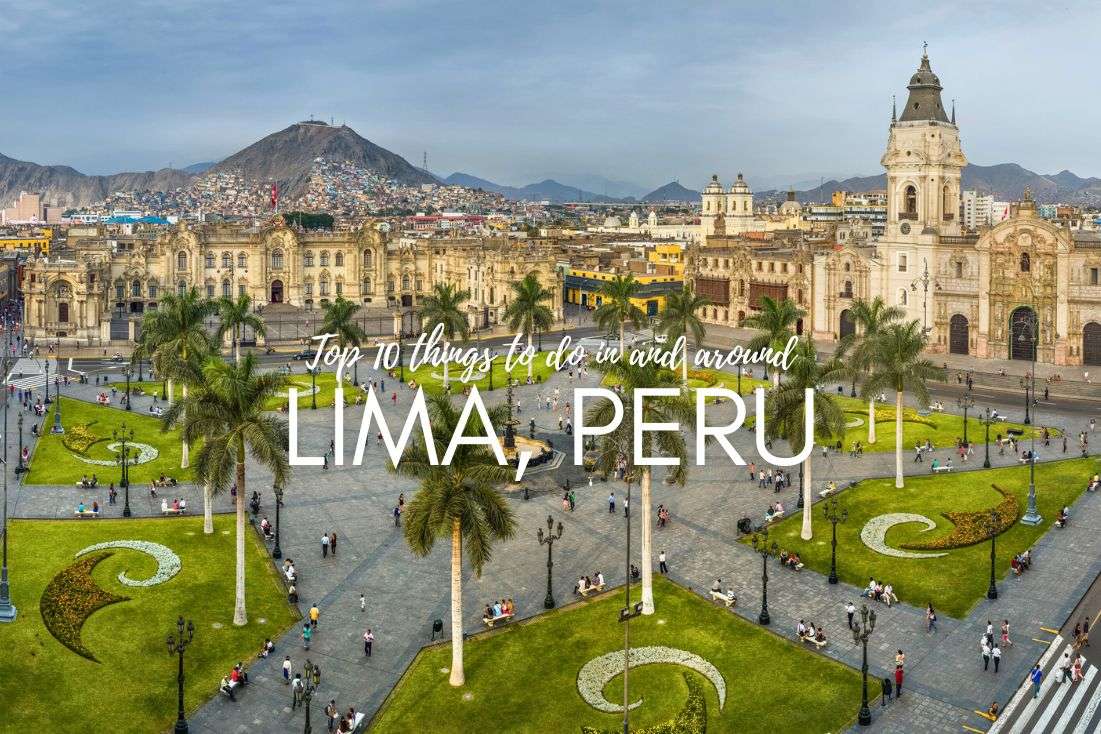
The city of Lima is a big, unsightly slum in the middle of a desert. Not even Peruvians like it. Some downright despise it. Are there nice spots? Sure! Is the traffic crazy? Yes! Will you feel safe? Not really!
But you should still go, because Lima does have some great museums, easy day trips, funky neighborhoods, and is South America’s food capital.
So let’s get right to the good stuff, followed by some general info about Lima like safety, hotels and how to get around, where I make Lima out to be truly terrible. Enjoy!
You might also be interested in reading:
- A Customizable 3–5 Day Cusco Itinerary
- A 2-Week Peru Itinerary: A Day-By-Day Trip Plan
- Top 14 Handpicked Luxury Hotels in Peru (With Prices)
- The 10 Best Ruins to Visit in Peru
- Top 9 Places to See in Sacred Valley
Top Things to Do in Lima
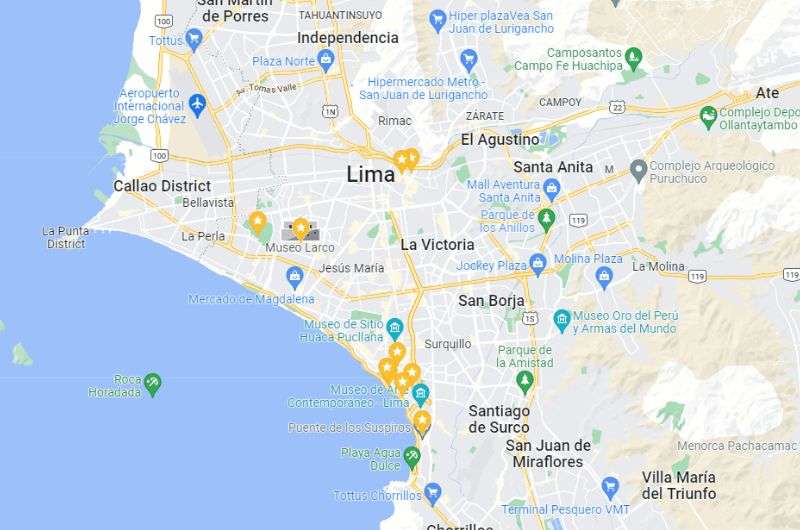
Here is a map of the top things to do in Lima, with Miraflores in the south
Now that I’ve made Lima out to be terrible, I’ll tell you about all the great places it has to offer. It didn’t redeem itself in a way that would make me love it, but you also don’t need to skip it altogether. You’ll just wish you had, and then once you’re done, you’ll be glad you didn’t. Just come prepared for mayhem and you’ll be fine. And whatever you do, don’t rent a car!
1. Lima at Night
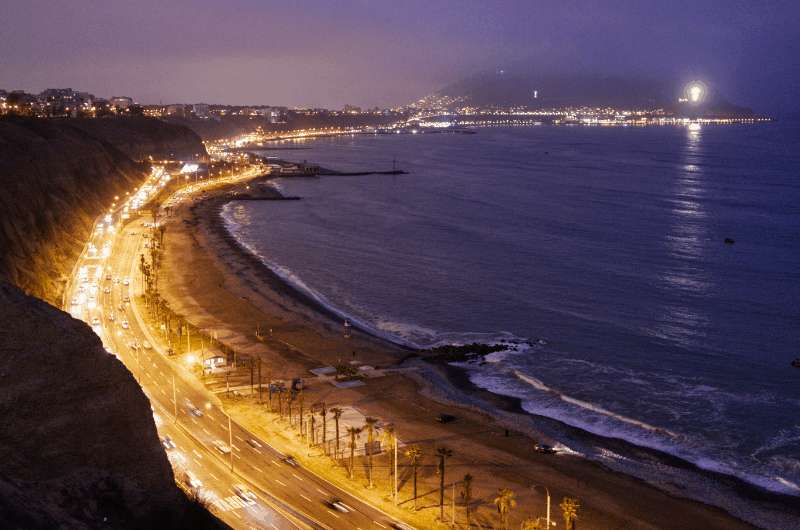
Even though Lima is not the safest place, you can still enjoy the nightlife
I’m not a party animal and like I mentioned above, I think the best thing to do in Lima at night is stay the F in your hotel. They have bars too, you know. In general, Lima’s nightlife scene is more sitting and drinking rather than dancing until dawn.
Miraflores and Barranco, two neighborhoods right next to each other along the shore in southern part of central Lima are the most popular and safest areas where you can get your nightlife on. They are also most popular during the daytime, but more on that later.
Miraflores has a boardwalk, called the Malecón, that takes you on top of the cliffs over the ocean. The boardwalk is basically a sidewalk with views to one side and hotels and restaurants on the other. If you like a more relaxing evening, this is the place to be, as the sunset views are unbeatable.
After sunset, head inland to one of the top bars in Miraflores called Open Tapas Bar (what a boring name, huh?). It’s a tad upscale and you won’t be let in if you’re wearing board shorts and flip flops, which is a plus in my book. The drinks and vibe are great.
Overall, I think Barranco is just a slightly nicer slum and didn’t find it appealing at all, so you won’t find it in this top things to do in Lima list. Then again, I’m not a bohemian and probably didn’t appreciate the artsy vibes as much as others do. You see rustic, I see grimy.
Barranco does have a pretty good choice of bars and I wouldn’t hate having a cocktail at Ayahuasca. It’s a restored villa from the 1800s and has multiple spaces and bars, both inside and in the courtyard. The décor is cool but classy and they have great food, too. There are more bars that aren’t dumps in the near vicinity of Ayahuasca, too.
2. Lima Desert
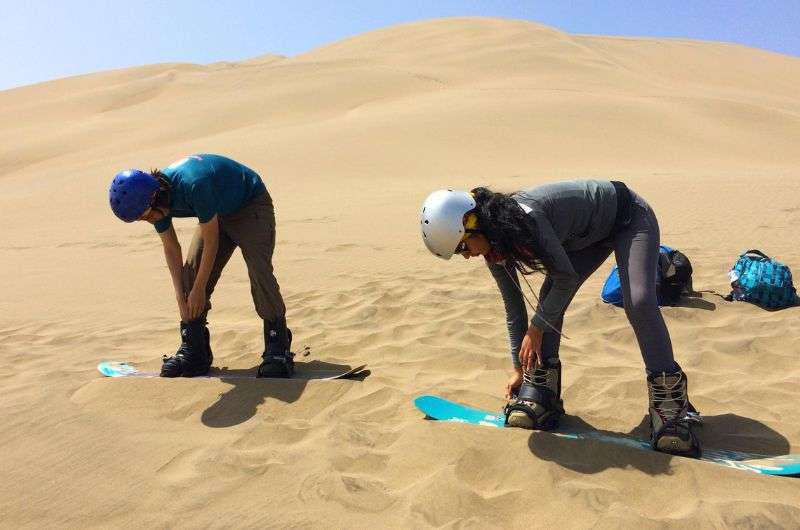
Ready, set, sandboard! Image source: Desert Expeditions
I don’t like the desert, but it does offer some fun things to do close to Lima. You can go on desert tours, hikes, and try your hand at sandboarding. There are several options for desert activities near Lima.
You may have heard of Huacachina, which is Peru’s desert oasis. It’s a town of about 100 permanent inhabitants, built around a small lake in the middle of the sand dunes. It attracts thousands of tourists every year, most of which are there to surf the sand or go on dune buggy rides.
The sand dunes of Huacachina are incredible and are absolutely a top spot to see in Peru, but they aren’t exactly close to Lima. Some people do make the 4-hour drive out of Lima and back in one day, but I’m not one of those people. I recommend making Huacachina a stop on your tour of the Paracas National Reserve.
If you want to get sand stuck in all the wrong places, you can do that much closer to Lima, in Lomas de Ancón. The drive is an hour to the north of the city. You’ll want to get on a tour and not try to drive there yourself. Not that you have your own sandboard in your suitcase. Desert Expeditions have top reviews, so check them out (no affiliation, I just want to make a recommendation for a top company).
You’ll get driven to the dunes in a 4x4 vehicle, through the rough parts of Lima that you wouldn’t dare to enter by yourself. Once at the dunes, you can sandboard, sandski or sandsled. They’ll usher you back up the hill in the car, so you don’t need to worry about hiking up a dune every time you manage to tumble down to the bottom.
If you’re more of an observer, why not take an off-roading tour for some awesome views from the sand dunes.
Tip: Don’t leave the confines of Lima city without a scarf to cover your mouth and nose or you’ll be crunching sand in your teeth for the rest of your time in Peru.
3. Basilica and Convent of San Francisco of Lima
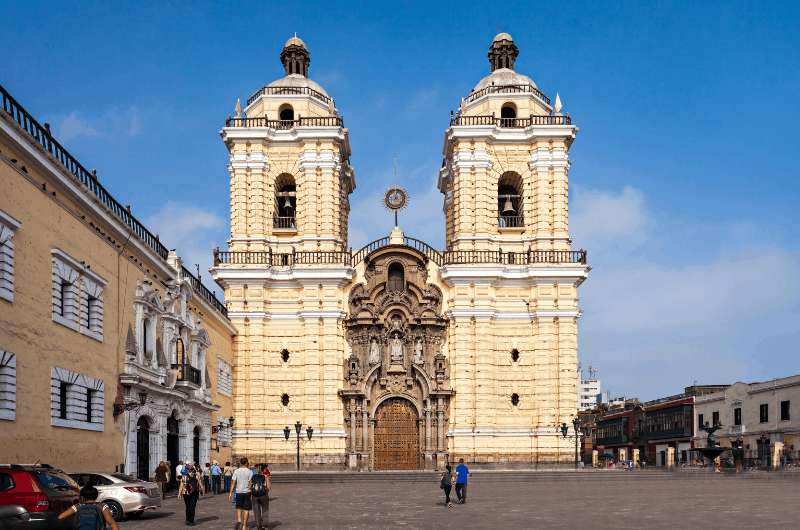
Basilica and Convent of San Francisco of Lima
This isn’t just a church, it’s a whole religious precinct. UNESCO likes it, too, and it’s on the Heritage List along with some other parts of Lima’s historic center.
We took the guided tour, which took about an hour but felt like a decade. Not only was it in only in Spanish (which I do speak, so it wasn’t that big of a problem), but the guide lady was the most boring person on the planet. The tour seemed endless, so even though the interiors were nice, we were thinking about the outside world in about 30 minutes, missing the freedom and fun it provides.
When inside, you should definitely look up and admire the wooden design of the dome. It’s in a Mudéjar style, which brought back memories of our travels to Andalusia in Spain. I may have been hungry, because the first thing it reminded me of weren’t the spectacular palaces in Sevilla and Granada, it was Noor Restaurant in Cordoba (one of the best restaurants in Spain!).
The tour of the convent ends in the catacombs with some 30,000 dead bodies as your host. A somewhat macabre sight, the bones are artfully placed in designs and arranged by categories. Who’s ready for the tour to finally end?
To be clear, the tour is also available in English, but since you go in on a “first come, first served” basis, you may need to wait a while. Or take the boring Spanish speaking lady.
- Basilica and Convent of San Francisco, Jirón Lampa, Cercado de Lima
- Open daily 9 am–8:45 pm
- Tickets cost s/15
4. Food and restaurants in Lima
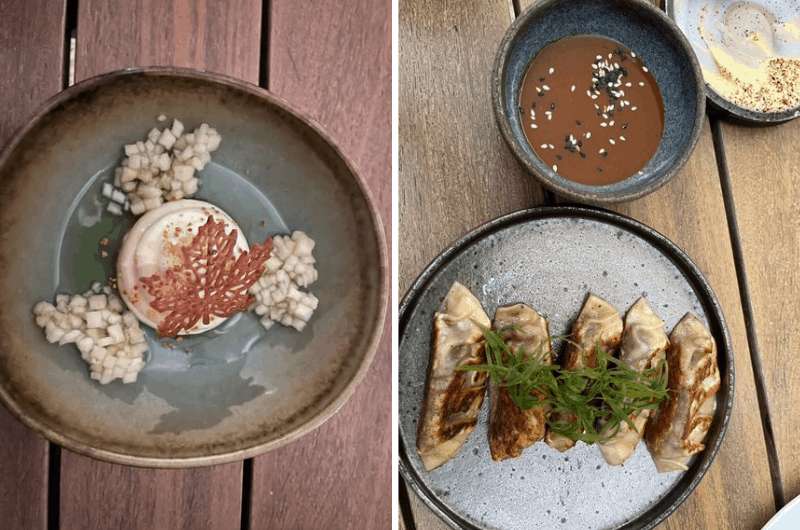
A couple of the many courses we got at Astrid y Gastón
Lima is South America’s food capital, and we were happy to put this title to the test. Anyone else here likes to eat like a king?
Let’s look at what the experts say: Peru won the World's Leading Culinary Destination at the World Travel Awards in 2021, and Latin America’s 50 Best Restaurants 2021 says that the best restaurant is in Lima (Central Restaurant), with two more Lima restaurants placing in the top five (Maido and Astrid y Gastón). Central and Maido also placed among the top 7 best restaurants in the world.
We booked into Astrid y Gastón and I really want to write about the best food of my life, but I can’t, because it wasn’t at this restaurant and that would be weird. I’m just too spoiled by all the delicious food I’ve eaten all over the world and in my list, Astrid and Gaston place somewhere in the 200s. Sorry! I mean it was good, but crème de la crème it was not.
Peru’s national dish, ceviche, is not what I would typically opt for, but Lima did it well and not kidding, on some days, I ate it twice. Ceviche is a dish made from raw fish marinated in citrus juice, most often served with sweet potato and corn. So healthy, so fresh, so good!
The Social Restaurant & Bar, which is a street-level restaurant and part of the Miraflores Hilton Hotel, had a great ceviche tasting platter, plus other Peruvian-American fusion dishes on the menu. The service was great and spoke English, which is a welcome bonus.
Tip: If you are a foodie, check out our other gastro-inspired articles: traditional food of Spain, the best food in Mexico and facts about food in Italy.
Our top tips for visiting Lima:
- Don’t rent a car, the traffic is nuts. Take the cheap taxis everywhere instead
- Base yourself in a hotel in the upscale and safe Miraflores neighborhood
- Eat ceviche as many times as you can. It’s Peru’s national dish and Lima is the best place to taste it!
5. Parque del Amor
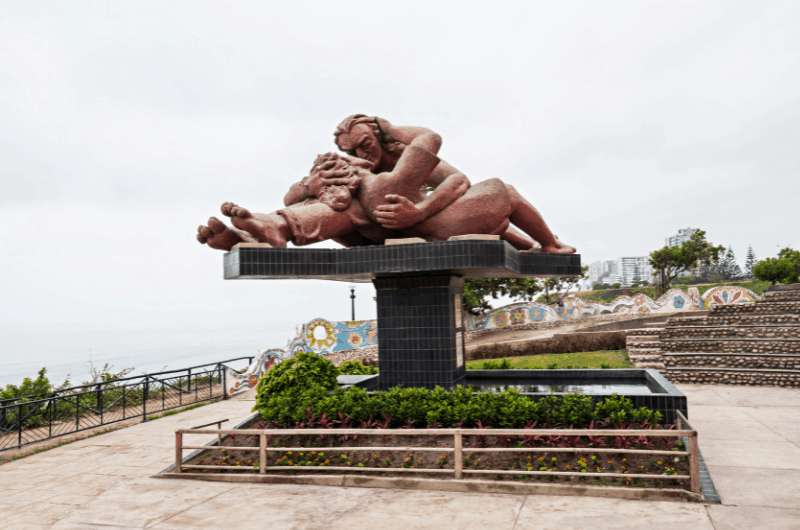
A place for the love birds out there
This small “Park of Love” in the Miraflores neighborhood faces the ocean and has wonderful views of the sunset. It’s romantic, or so they say, so head on over, love birds!
The centerpiece of the park is a statue with what looks like a pile of people, though there are just two—a man and a woman, their tangled bodies lying down, smooching. I can’t help but think the man looks like Shrek when he turned human for that half hour of his life.
Parque del Amor has a long, low wall with a wavy edge that is completely covered in tiny colorful tiles, just like you’d see in Park Guell in Barcelona.
There is a crepes kiosk right in the park, so you can snack and sit while you gaze and kiss. Other than that, there’s nothing there and you probably won’t write home about it.
Tip: Book your hotel in Miraflores. That way, you’ll be based in a safe neighborhood that has all the amenities.
6. Parque de las Leyendas
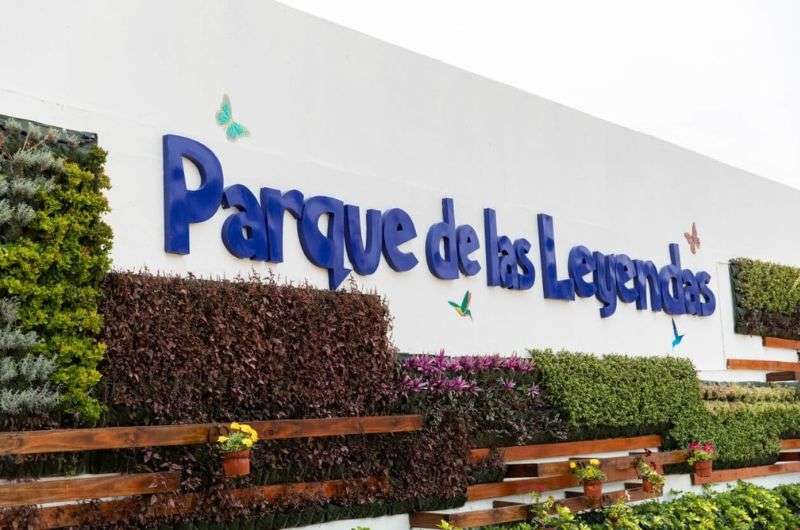
The Parque de las Leyendas in Lima
I hope you like parks because here comes another one—the Park of Legends! If they were literal, it would be called the Park of Animals, Bushes and Old Stuff. Because it is in fact a zoo, with a little botanical garden and some ruins thrown in for good measure. The zoo is located in central Lima.
The animals are mostly in spacious pens and appear well cared for, though, if you prefer to see animals in the wild, this ain’t that. The big cats are the stars of the show and they have the best digs out of all the animals.
It’s a large area, so be prepared to do some walking. There are some spots to buy food and drinks. Even if you aren’t a huge zoo fan, getting away from Lima’s grey streets and dark alleys in this colorful park could be a welcome highlight of your day. You’ll just have to try it and see for yourself.
The fact that the zoo was built on a pre-Hispanic site gives the park an interesting twist, with ruins of walls and terraces visible in some parts of the zoo. They are even part of some of the animals’ habitats.
The botanical garden isn’t very big and doesn’t have many flowers but has a variety of bushes and trees.
- Parque de las Leyendas, Av. Parque de las Leyendas 580
- Open daily 9 am–5 pm
- Tickets cost s/15
7. Plaza de Armas
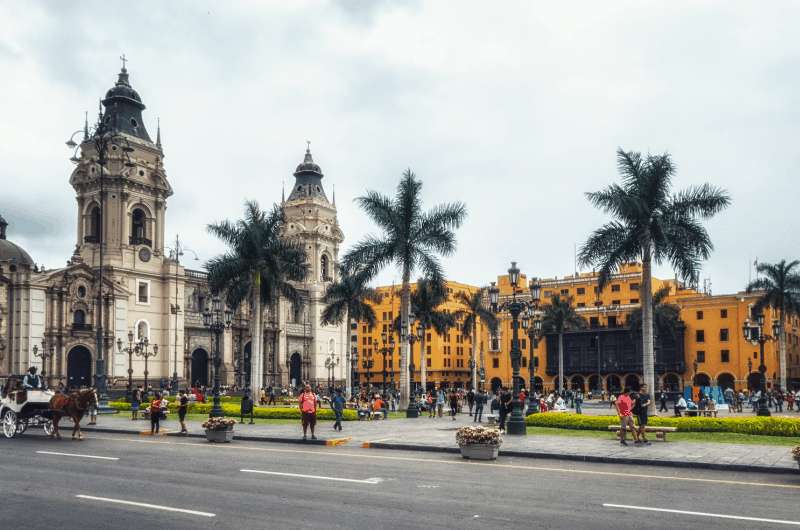
The square in the city center with the typical yellow buildings
The birthplace of Lima. Why? Because in 1535, Spanish conquistador Francisco Pizarro, following the set procedures of establishing cities in the New World, chose this location to build a plaza.
The procedure was simple: Decide where the main plaza of the new city will be and that will be the city’s center. Split land surrounding the plaza into parcels and give it out to other conquistador buddies, making sure the streets form a grid.
The Plaza de Armas is the plaza that Pizarro designated as the center, and Lima was born. It’s a sizeable central square with a fountain in the middle and palm trees and manicured grass and curved flower beds going all around the edges.
Many typically yellow buildings surround the square, and they aren’t just cute, they’re the palaces where the important dudes sit: City Hall, the Government Palace, the Archbishop’s Palace and the Cathedral of Lima.
UNESCO inscribed the historical center of Lima onto its Heritage List, and part of the reason why are the wooden balconies you’ll see on most of the buildings on the plaza and in the surrounding streets. They are “box balconies”, or balconies completely boxed in by carved wooden screens. They were a status symbol, as only wealthy families could afford them.
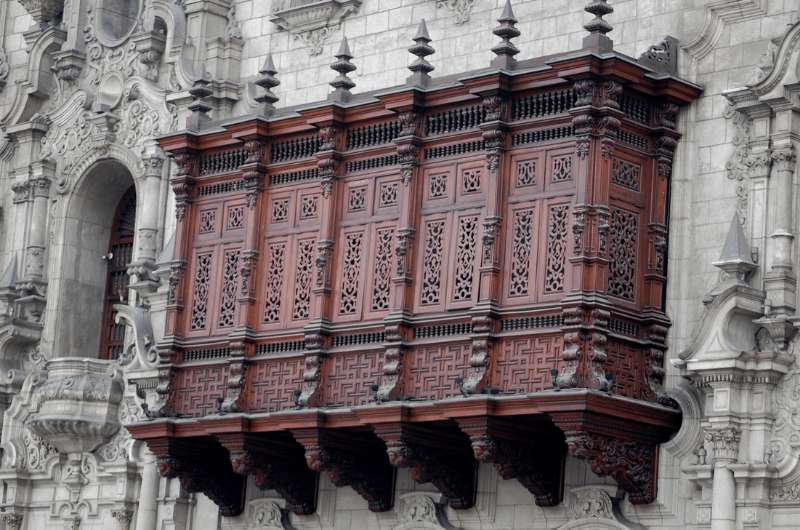
The box balconies
But what are they for? For being nosy and knowing what everyone in the neighborhood is up to! Really, the woman would be able to discretely hang out on the balcony, which would be covered in cushions, and watch what’s happening in the streets. Pre-social media, an ingenious way to stalk your friends and foes!
Historically though, this is an Islamic concept, and since Muslim woman aren’t meant to be seen by men outside their immediate family, the box balconies were a practical way for the ladies to go outside (well, sort of) without a care in the world. And spy on their neighbors.
The wooden carvings can be intricate, but some of the screens have now been replaced with glass on some buildings, since nowadays people actually want to be able to see out of their living room properly. If you want to go be a cheeky lady and peek out of a screened box balcony, you can visit some of the historical buildings on the plaza, like the Archbishop’s Palace, and go out onto one.
I liked it.
Tip: I prefer Miraflores for hotels, but if you want to stay closer to the old town, book a hotel close to Plaza de Armas.
8. The Museum and Archaeological Sanctuary of Pachacamac
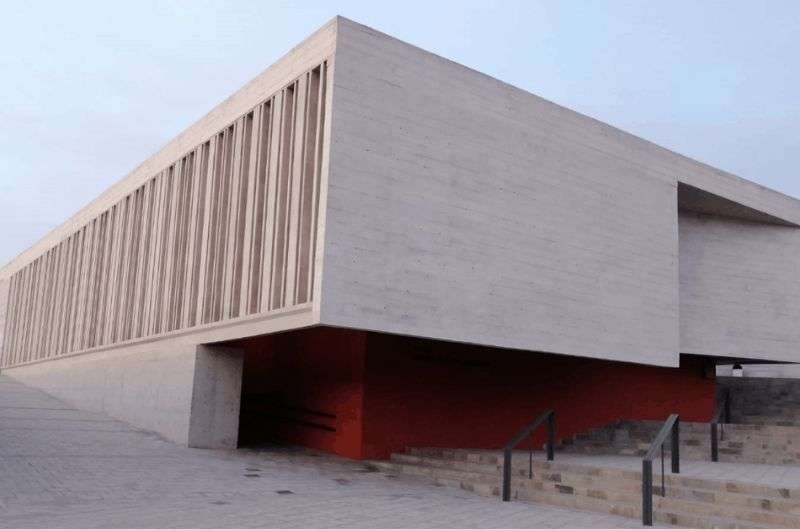
The new building of the Museum and Archaeological Sanctuary of Pachacamac
This site is located 40 km (25 miles) to the south of central Lima and is worth a trip if you have the time. It was a city of 20,000 people built in the pre-Inca times. Pacha Kamaq (which means Earth Maker) was the creator god of the Peruvians before the Inca times. There are many myths surrounding this god, and I urge you to read up on him prior to visiting “his” city.
You’ll find out strange things, like why virgins were raised in this city for human sacrifice. Hundreds of female bodies were excavated from the Temple of the Sun. Or that Pacha Kamaq created man and woman but forgot to give them food. After a whole fiasco in which the god was repeatedly beaten by the children of the surviving woman, he finally gave up and decided to become the god of fish.
There is still excavation going on today, uncovering hidden stories. You can walk around and see fascinating, well-renovated ruins, including temples, pyramids, storage facilities, a house for the soon-to-be-dead woman, and even an Inca road.
The museum is delightfully modern since it was only inaugurated in 2016. The flat, white buildings of the museum are surrounded by white floor tiles and patches of bright green grass, which is a stark contrast to the orange/brown dirt and sand of the archeological site and excavated ruins. It displays the site’s most beautiful pieces.
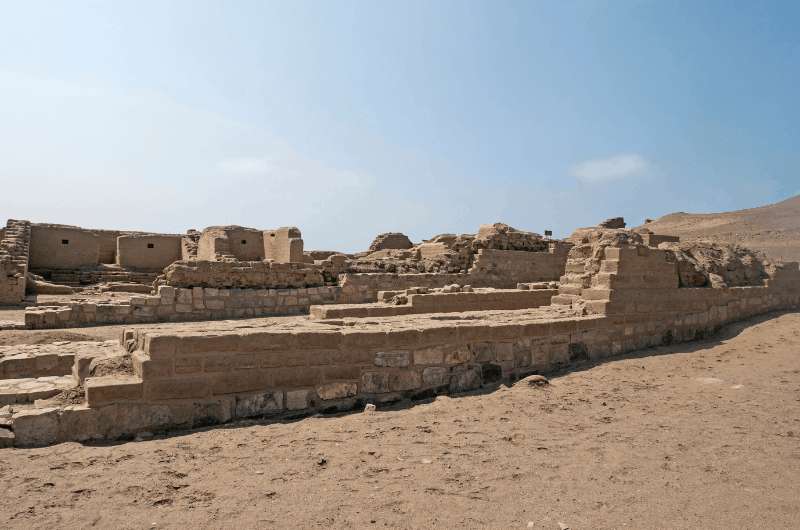
The ruins at the Archaeological Sanctuary of Pachacamac
I recommend visiting Pachamanac early in the morning if you are visiting in the summer, it gets hot as heck fast. Tour the ruins first (1.5 hours) and then hide from the sun in the museum (1 hour). They also offer a tour if you want more info than you get from the information panels at the ruins.
Tip: Instead of going back to Lima, you can make Pachamanac an easy stop on your drive down to Paracas. Book a hotel in Paracas and brace yourself for beautiful nature.
Pachamanac’s website offers worksheets for kids and adults, plus other materials in various languages that you can download and print out to make you visit more interesting. They’re really gone the extra mile to make this historical site fun for everyone.
There is a café and shop on site as well.
- Museo Pachamanac, Antigua Panamericana Sur 31.5, Pachacamac
- Open Tuesdays, Thursdays, Fridays and Saturdays 9 am–4 pm and the first Sunday of the month 9 am–3 pm
- Tickets cost s/15, guided tour is s/30
9. Miraflores
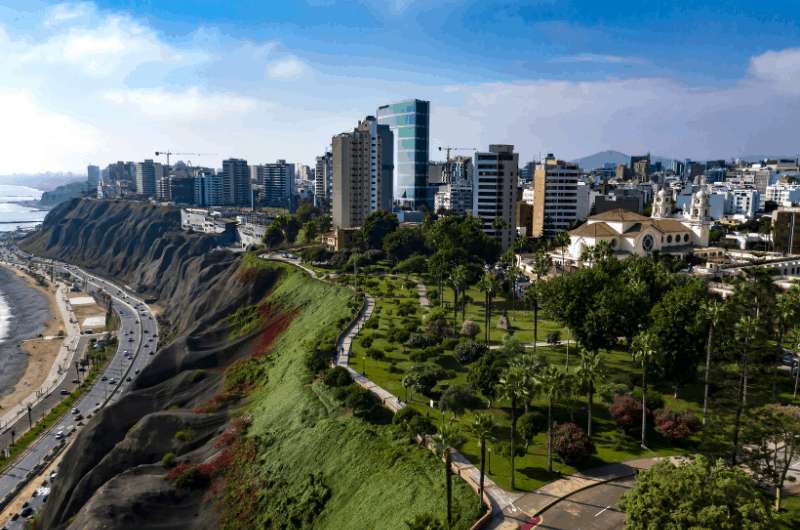
Miraflores, like a little Miami in South America
I’ve mentioned the upscale Miraflores neighborhood many times in this article, and for good reason. It’s lovely and I didn’t feel like I’d get mugged! It sits to the south of central Lima atop the cliffs over the ocean, the rocks covered with nets that are overgrown by plants, turning mundane grey into a lovely and inviting green.
Miraflores looks a little like the nice parts of Miami and feels kind of like San Francisco, with tons of restaurants, shopping, top hotels and great views. You can admire the sunset from the sidewalk that lines miles of the coast, and it really is spectacular, especially on clear nights with just a hint of high clouds.
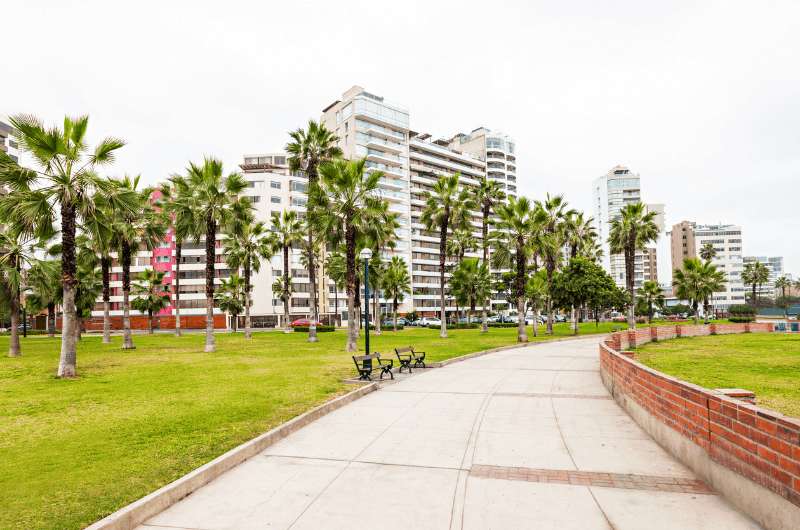
Coastal sidewalk in Miraflores
One place that gives you all the amenities, restaurants, cafes, shopping and views for days, is the mall/entertainment center of Larcomar that is built into the cliffs. It has an open plan, meaning the walkways are all outdoors and you feel the ocean breeze at all times. You won’t notice Larcomar when walking in the street because it is literally right under you, the top being at street level. So look down or you’ll miss it!
The Parque Kennedy, in the heart of Miraflores, is another area—away from the coast—where the fun is centered around. You can shop, eat and drink there to your heart and stomach’s content.
10. Museo Larco
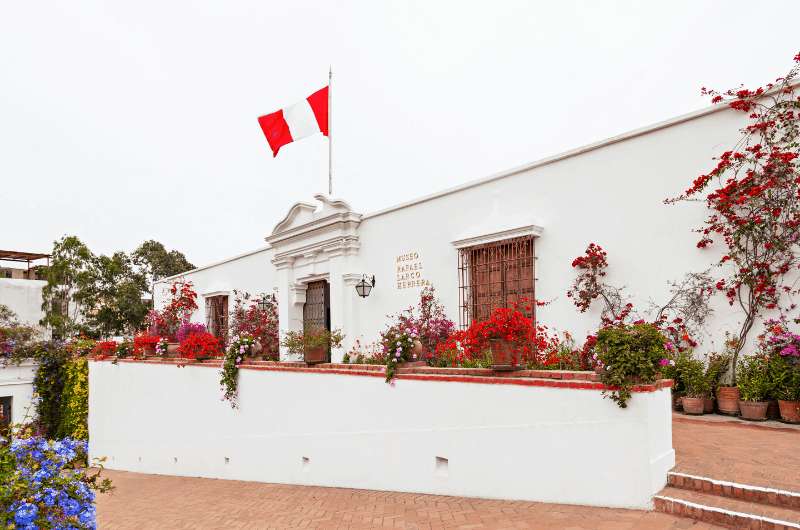
Museo Larco
I’ll say it: The Larco Museum is epic! It’s in a gorgeous mansion, it’s well organized, the descriptions are clear and informative, and you learn tons while oohing and aahing and understanding the history of ancient Peruvian civilizations.
This museum shows the large private collection of Rafael Larco Herrera who gathered, bought, stole, and otherwise acquired the amazing archeological pieces on display. Most of what you will see is art, ceramics, a gold and silver collection, textiles, and a famous erotic pottery collection.
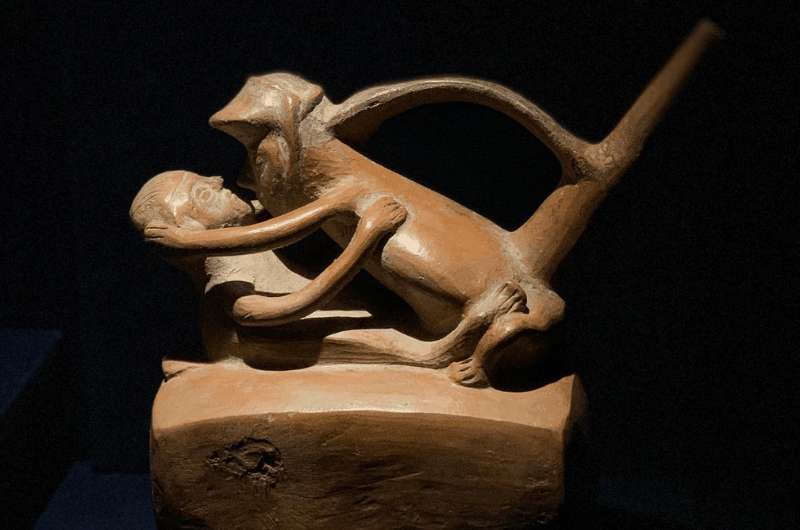
Erotic collection of Museo Larco
Each room is dedicated to one culture, so you get a nice overview of the evolution (or lack of!) over the centuries. I mean it was fabulous when they made these things thousands of years ago, but when you see they were still making them in the 13th century, you can’t help but feel disappointed, not gonna lie. All that potential and still the same earrings?! Come on guys, step up your game!
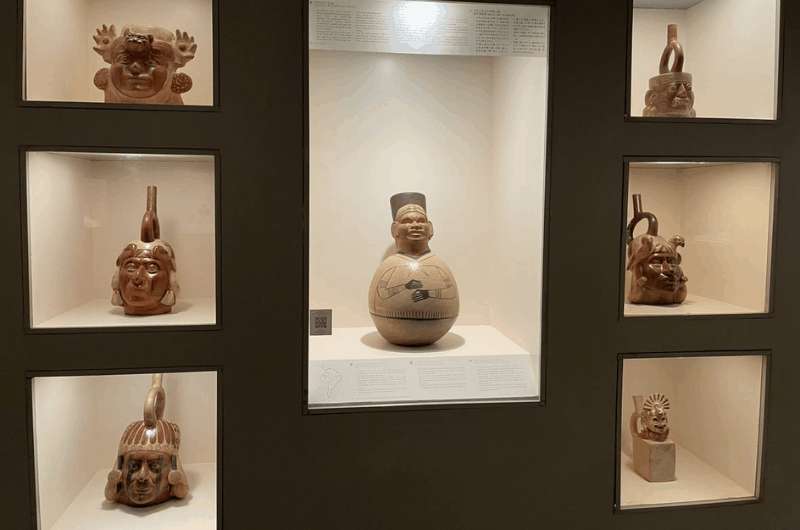
Artefacts in Museo Larco
You learn things like that the gods were happier if the sacrificed humans were wealthy or otherwise special. Top honor? If your child was chosen to be sacrificed.
Or the Inca symbolism of the puma, the condor and the snake that represented the world of the living, the world of the dead and the upper world or heaven of sorts. And that plain old ducks trumped them all because it could dive, walk and fly!
The decorative head and face pieces made of various metals are incredible, not just because I can’t imagine those massive golden plates in my ears. You could serve dessert on them! Living back then must’ve really been something.
Museo Larco also has a café where you can get a quick bite and rest with views of the gardens from the terrace.
When you look at a map, it’s easy to forget how huge Lima is, and you might even toy with the idea of walking to the Larco Museum from your hotel in Miraflores. Don’t. It’s 10 km (6 miles), and you’re still in Lima, despite the glitz and glam of Miraflores. Be safe, take a taxi.
- Museo Larco, Av. Simón Bolívar 1515 (enter through Navarra Street)
- Open daily 11 am–7 pm
- Tickets cost s/35
Lima: Before you go
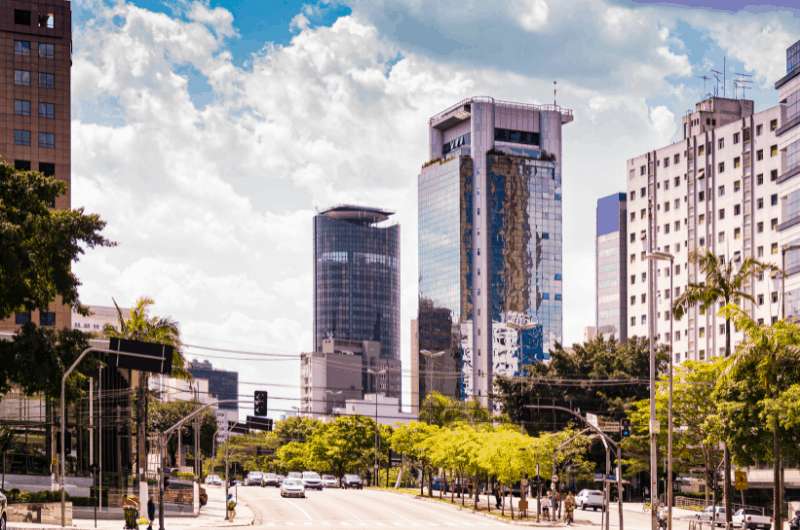
Like a huger Las Vegas in a desert
Lima feels kind of like a huger Las Vegas, if you took away all the glitz and glamour and plopped it next to the ocean. Is it safe? Can you and should you drive? Why will you be frustrated the moment you step off the airplane?
Lima geography—hello, desert!
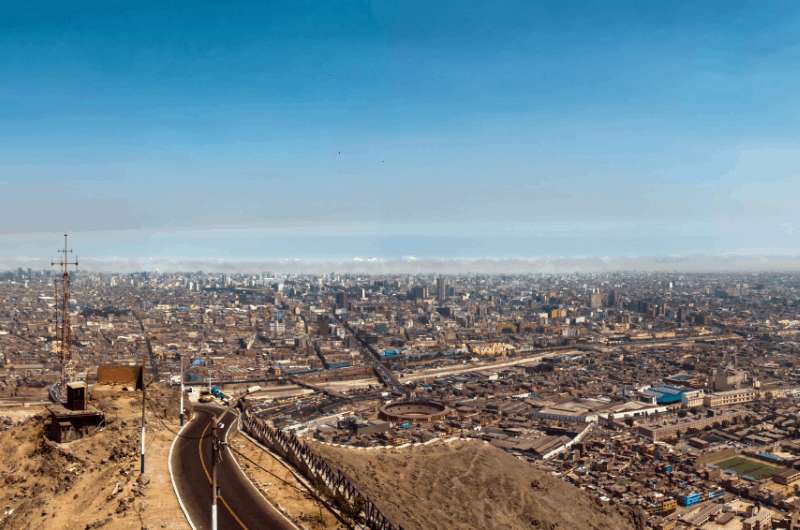
Lima is one of the largest desert cities in the world
Lima lies roughly in the middle of Peru’s coastline in a desert area. It's located in a flat valley and comes to an abrupt stop on the cliffs over the Pacific on the west. But it sprawls out into every nook and cranny of the mountains to the west, making it one of South America’s largest cities. With 10 million inhabitants, it's also the world’s third largest desert city, after Karachi in Pakistan and Cairo in Egypt.
Lima weather — no wonder everything is rusty
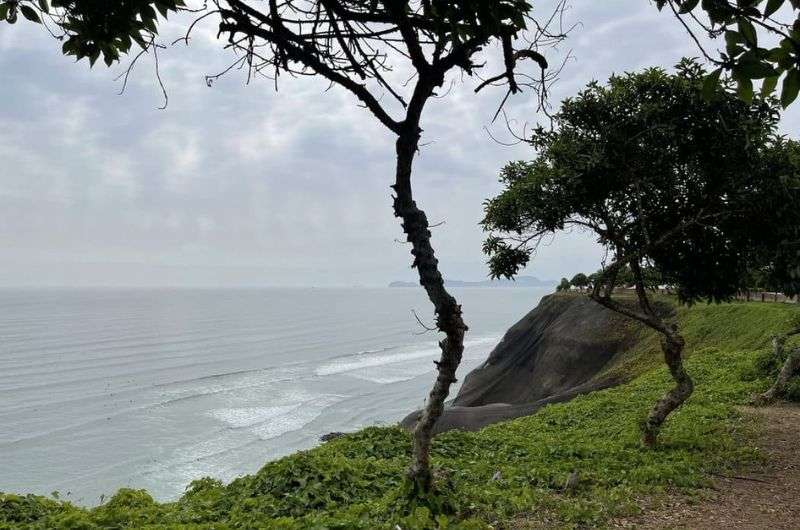
Travel in Lima, coastal view
Weather-wise, we’re in the southern hemisphere, so summer and winter are flipped for us northern hemisphere folk. Shout out to the Aussies reading this blog! All is normal in Peru, weather-wise, for you guys.
In Lima, humidity is high year-round; when you breathe, you can taste the air, and I don’t mean that as a compliment.
Winters (June to October) are damp and foggy. It seldom rains and temperatures hover around 18°C (64°F), but the morning drizzle and persistent fog make Lima‘s winters unpleasant. Imagine a grey, slummy city under a cover of fog, yikes. No thank you.
Summer days (December to April) are mostly sunny with temperatures around 26°C (79°F), with high clouds in the late afternoons that make for fantastic sunsets.
The ocean is always cold unless you hail from Norway or Iceland. You will see locals swimming in it, but you can probably keep your swimming suit in your bag.
Is Lima safe for tourists?—not really
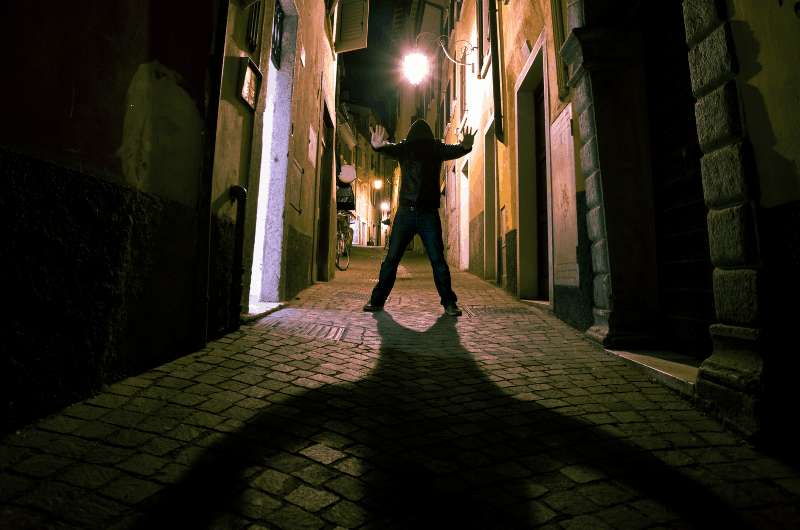
Adventures in Lima could be a little dangerous
I’m not one to read the government’s travel advisories, freak out, and stay home instead. I’m pretty casual as far as safety goes, but Lima did not feel safe to me. The social differences and inequality are just too vast, and desperate people go to desperate measures. Lima’s crime is mostly targeted at locals, but that doesn’t exactly mean you feel exempt from the shadiness.
During the day, it was fine, just have your wits about you. No, it isn’t a good idea to go ogle the slums on your own. But nighttime Lima isn’t a place for a romantic midnight stroll through the alleys unless your idea of romantic is vastly different than mine.
In general, the north parts of Lima are worse than the south, and the coastline is where the wealthy live, making it more comfortable for tourists. Read below about the Miraflores neighborhood, it’s one of the nicer parts of the city.
Lima getting in and around — brace yourself for impact!
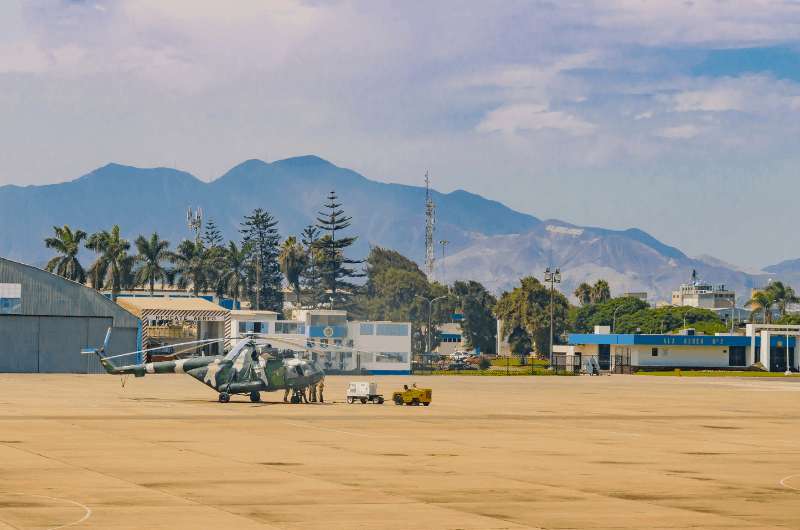
First impression of Lima was the airport
Prepare yourself mentally for the incredibly slow pace of everything and the first glimpses of shadiness at the Lima airport upon arrival. We waited 1.5 hours for our luggage to start appearing on the carousel! It’s particularly great if you’ve just spent the best part of 24 hours traveling on a delayed flight.
Then, you go get a SIM card and are asked for US$126 for two weeks. Wonderful.
And picking up your rental car? Sorry sir, your flight was delayed, which was no fault of your own, but now we can only offer you a vehicle 3x the price of the one you booked! This was Hertz, in case you’re wondering.
So you’re sitting in your expensive rental car, glad to be in the country but already having semi-strong feelings about Lima, and what do you know—driving in Lima was an idiotic idea! Pedestrians are interspersed between the crazy drivers that are all rehearsing to be in action movies. By the time we got to our hotel we were ready to skip Lima altogether.
Traffic in Lima looks like this: Franticly switching lanes, driving across two lanes to make it easier to dodge road blocks that suddenly appear, like buses that stop in the middle of avenues (because there are no bus stops), making U-turns in busy intersections, lefts turns with impossibly fast traffic coming at you, taxis driving snail-speed, honking non-stop, trying to get pedestrians’ attention.
The rule of thumb seems to be drive as though nobody else is on the road and pray that you aren’t hit.
My tip: just take taxis. They’re super cheap. You’ll still face the crazy traffic, but at least you’re in the hands of a professional stunt driver, err, I mean taxi driver.
The best hotels in Lima
We stayed in Lima twice on our trip, and I can wholeheartedly recommend both of our hotels:
This smallish hotel had the most accommodating staff, modern rooms and a great, safe location in Miraflores. The gym was superb and the wifi was fast.
My number 2 on the list of my favorite hotels in Peru (number 1 was the epic DoubleTree Resort by Hilton in Paracas—you can read my Paracas guide here).
Rise above at the Hilton in Miraflores
A great hotel restaurant with killer views, not to mention the rooftop spa. All staff spoke English, which isn’t a given in Peru, not even in international hotel chains. I especially liked the spacious, glamour-style hotel rooms, fast wifi and clean, safe neighborhood (Miraflores for the win, once again).
In conclusion
Actually, if Lima didn’t feel so shady and grey in all parts but the very center and the tourist neighborhoods, it would be an awesome destination. It has so much to offer. Just don’t forget the country is huge and make sure you have enough time to visit other highlights, like Machu Picchu, Sacred Valley and the Paracas National Reserve. We have a separate post on day trips from Lima, too, so check those out.
Or, learn about traveling in Peru’s southern neighbor, Chile, and expand your trip to include its spectacular mountains and national parks.
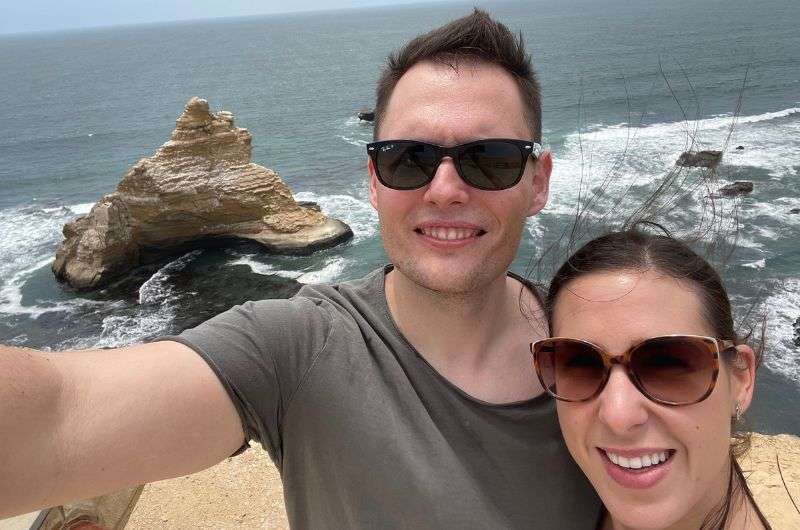
Karin and I in Paracas National Reserve
This post may contain affiliate links. We earn a small commission if you make bookings through my links, at no additional cost to you. This helps us keep this blog free, thank you!
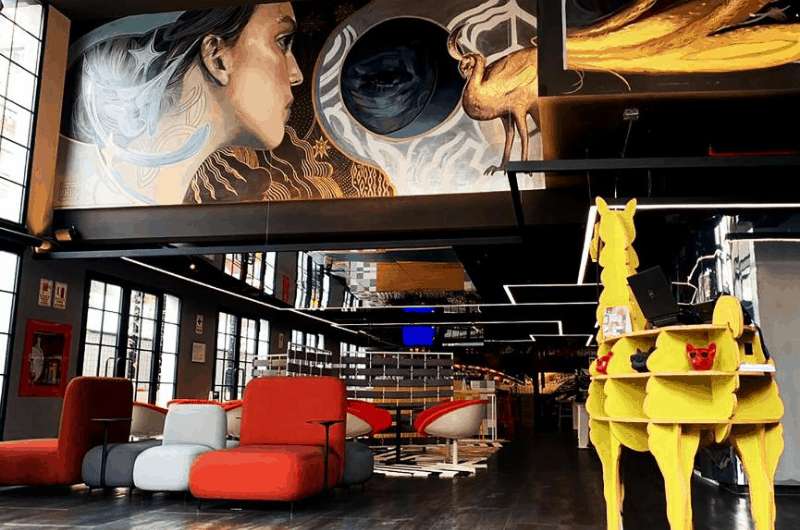

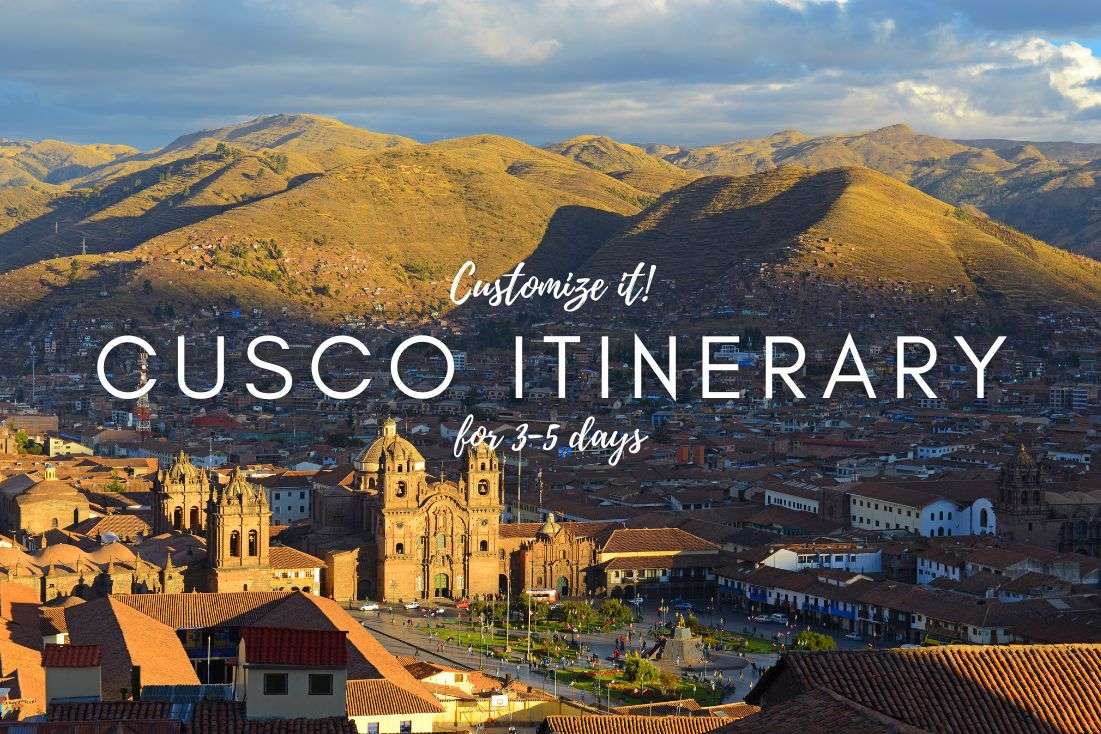
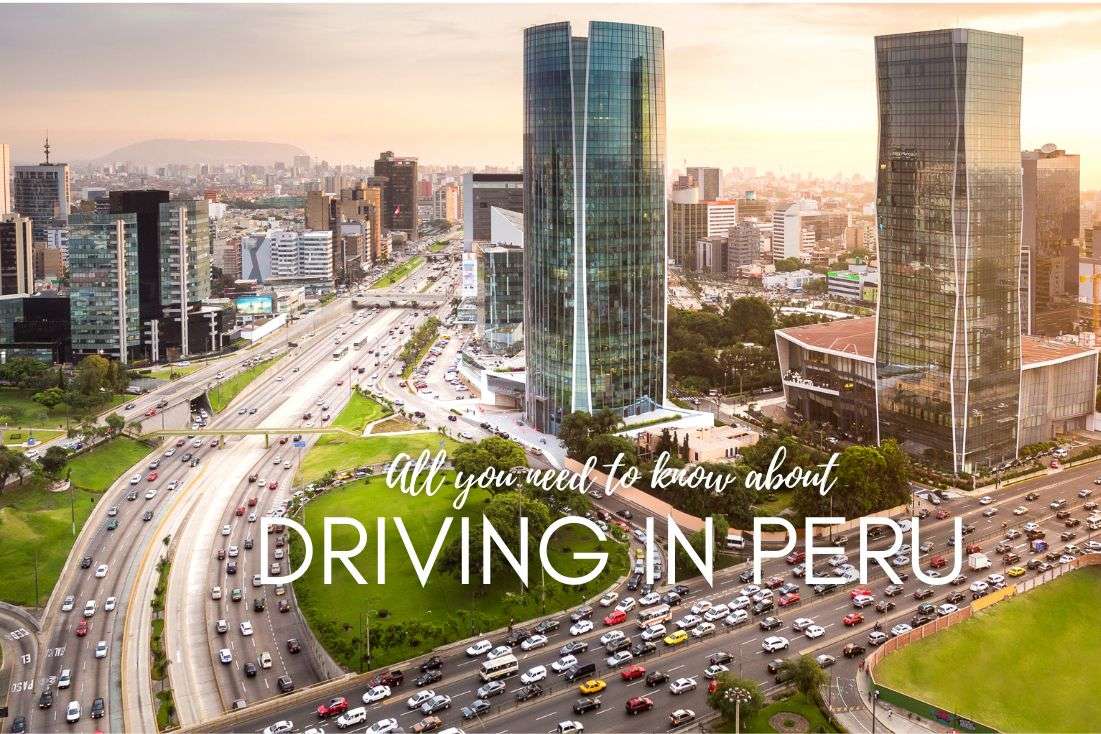
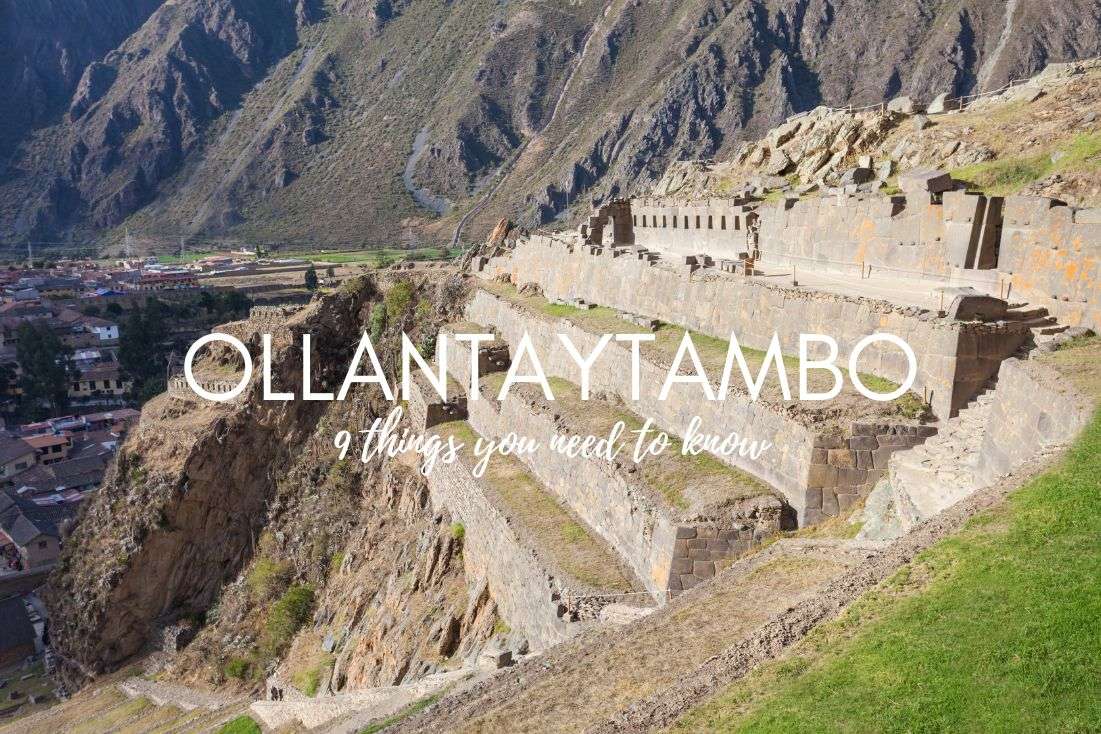




Comments
Thoughts? Give us a shout!